Research - Finfish
While a lot of the work performed at the WMC focused on shrimp production research and development, the center performed other pioneering work on pond production of several finfish species. The center demonstrated red drum. Yields as high as 24,000 kg/ha were demonstrated before emphasis was shifted away from red drum farming research. Product prices have never drawn much commercial interest in red drum farming in South Carolina. However, WMC still produces large numbers of red drum juveniles for stock enhancement and fishery management projects.
The S.C. Wildlife and Marine Resources Department was first to develop a hybrid of the striped bass x white bass was first developed by as part of its freshwater fish hatchery programs. Important recreational fisheries for hybrids stocked into lakes and reservoirs delayed legislation that would have allowed commercialization for several years. Hybrid striped bass stocked in WMC ponds were spawned at the MRRI lab in Charleston, SC. Work at MRRI has focused on controlled spawning of captive broodstock and elimination of dependence on wild fish. For several years, striped bass and white bass were raised in captivity at WMC were used as a source of broodstock. In addition, several combinations of back-crosses of hybrids bred with stripers, white bass or other hybrids were investigated.
The main impact of WMC research on hybrid production has, once again, been development of intensive pond production technology. Harvests of up to 13,640 kg/ha have been demonstrated.
South Carolina has two indigenous sturgeon species. Spawning techniques were developed for both species by SCDNR researchers but most of the production research was performed on the endangered shortnose sturgeon. There is interest in market production of sturgeon in other regions. However, the work at WMC was oriented towards development of propagation techniques for use in a stock enhancement program.
Cobia
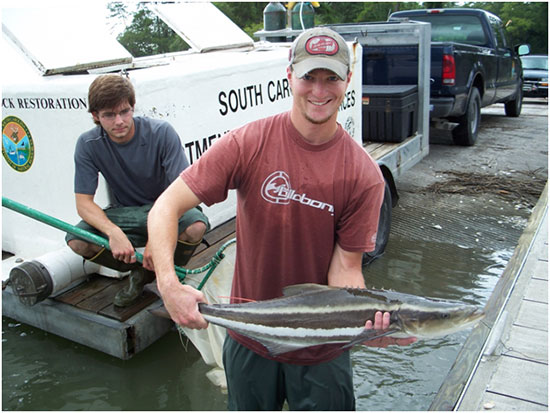
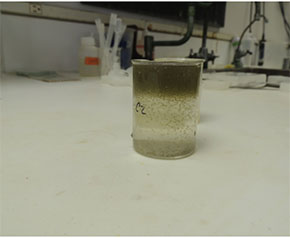 |
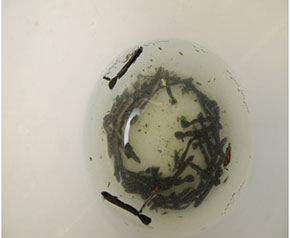 |
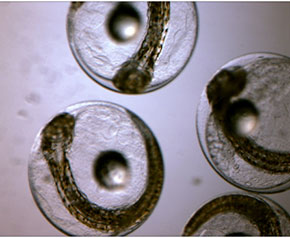 |
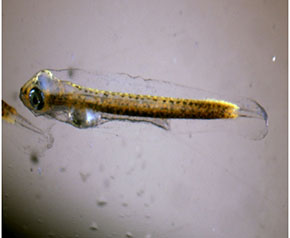 |
